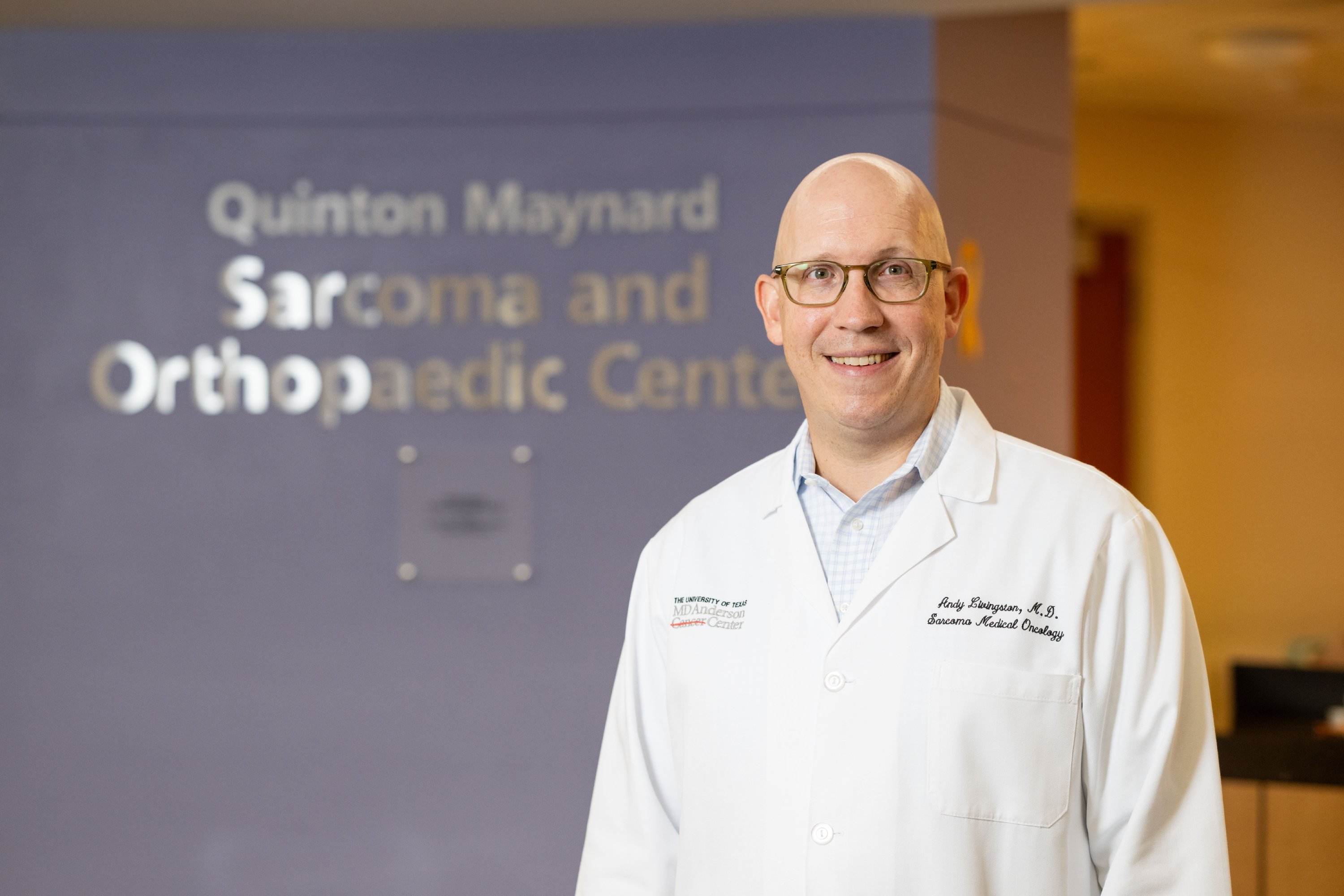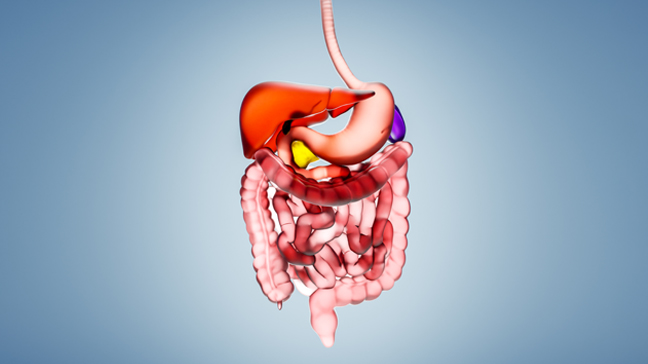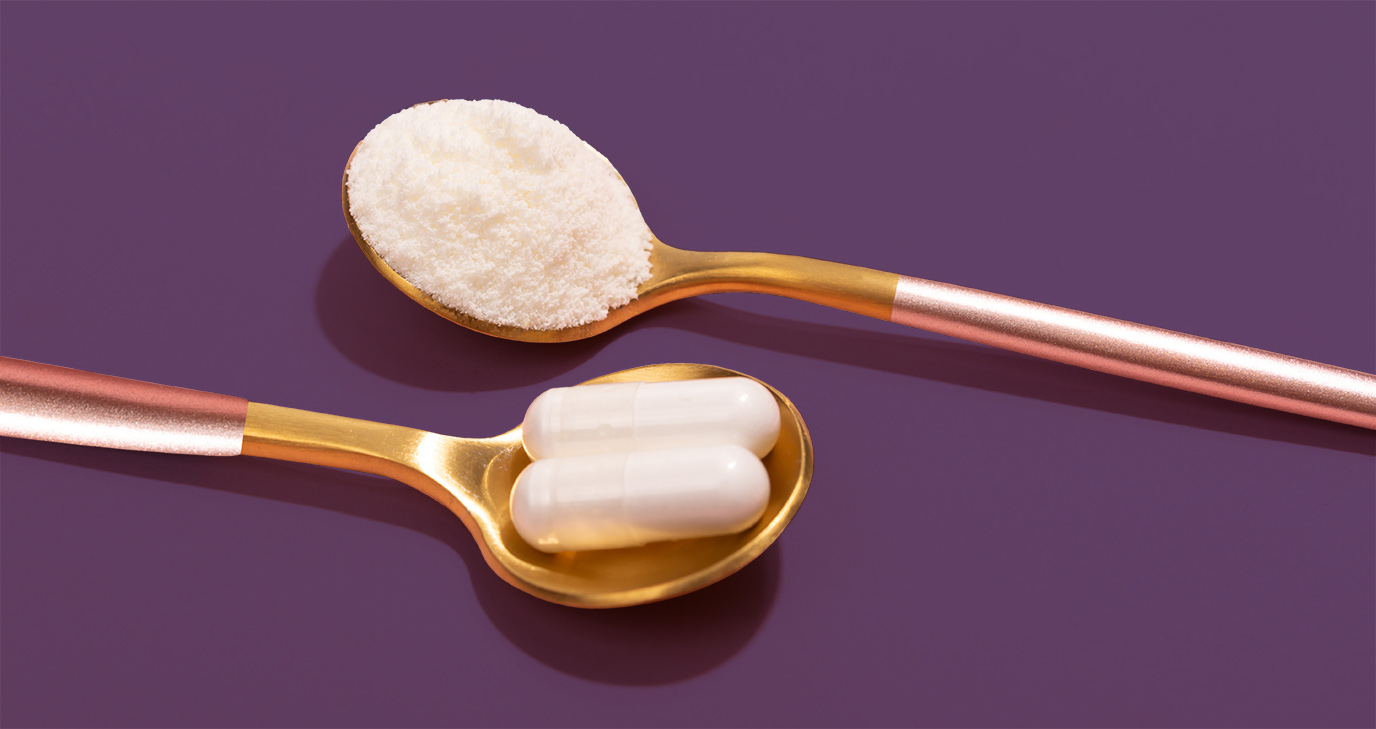- Diseases
- Acoustic Neuroma (14)
- Adrenal Gland Tumor (24)
- Anal Cancer (66)
- Anemia (2)
- Appendix Cancer (16)
- Bile Duct Cancer (26)
- Bladder Cancer (68)
- Brain Metastases (28)
- Brain Tumor (230)
- Breast Cancer (718)
- Breast Implant-Associated Anaplastic Large Cell Lymphoma (2)
- Cancer of Unknown Primary (4)
- Carcinoid Tumor (8)
- Cervical Cancer (154)
- Colon Cancer (164)
- Colorectal Cancer (110)
- Endocrine Tumor (4)
- Esophageal Cancer (42)
- Eye Cancer (36)
- Fallopian Tube Cancer (6)
- Germ Cell Tumor (4)
- Gestational Trophoblastic Disease (2)
- Head and Neck Cancer (6)
- Kidney Cancer (124)
- Leukemia (344)
- Liver Cancer (50)
- Lung Cancer (288)
- Lymphoma (284)
- Mesothelioma (14)
- Metastasis (30)
- Multiple Myeloma (98)
- Myelodysplastic Syndrome (60)
- Myeloproliferative Neoplasm (4)
- Neuroendocrine Tumors (16)
- Oral Cancer (100)
- Ovarian Cancer (170)
- Pancreatic Cancer (164)
- Parathyroid Disease (2)
- Penile Cancer (14)
- Pituitary Tumor (6)
- Prostate Cancer (144)
- Rectal Cancer (58)
- Renal Medullary Carcinoma (6)
- Salivary Gland Cancer (14)
- Sarcoma (236)
- Skin Cancer (296)
- Skull Base Tumors (56)
- Spinal Tumor (12)
- Stomach Cancer (60)
- Testicular Cancer (28)
- Throat Cancer (90)
- Thymoma (6)
- Thyroid Cancer (98)
- Tonsil Cancer (30)
- Uterine Cancer (78)
- Vaginal Cancer (14)
- Vulvar Cancer (18)
- Cancer Topic
- Adolescent and Young Adult Cancer Issues (20)
- Advance Care Planning (10)
- Biostatistics (2)
- Blood Donation (18)
- Bone Health (8)
- COVID-19 (362)
- Cancer Recurrence (120)
- Childhood Cancer Issues (120)
- Clinical Trials (628)
- Complementary Integrative Medicine (24)
- Cytogenetics (2)
- DNA Methylation (4)
- Diagnosis (230)
- Epigenetics (6)
- Fertility (64)
- Follow-up Guidelines (2)
- Health Disparities (14)
- Hereditary Cancer Syndromes (124)
- Immunology (18)
- Li-Fraumeni Syndrome (8)
- Mental Health (118)
- Molecular Diagnostics (8)
- Pain Management (62)
- Palliative Care (8)
- Pathology (10)
- Physical Therapy (18)
- Pregnancy (18)
- Prevention (898)
- Research (392)
- Second Opinion (74)
- Sexuality (16)
- Side Effects (604)
- Sleep Disorders (10)
- Stem Cell Transplantation Cellular Therapy (216)
- Support (404)
- Survivorship (322)
- Symptoms (184)
- Treatment (1776)
Myelofibrosis survivor: Stem cell transplant gave me new life — and a new brother
BY Eddie Yarmer
3 minute read | Published October 23, 2017
Medically Reviewed | Last reviewed by an MD Anderson Cancer Center medical professional on October 23, 2017
When I was told I needed a stem cell transplant in the summer of 2015 to treat my myelofibrosis — a rare type of bone cancer — I thought it’d be just like a blood transfusion. I’d take a few hours off and be in and out of the hospital the same day.
As I learned, it’s a bit more involved than that.
Identifying a stem cell donor to treat my myelofibrosis
The first thing I had to do was find a donor. But I only have one full sibling: a sister. She came down over Fourth of July weekend to take a compatibility test. It showed she was only a 50% match. My doctor, Uday Popat, M.D., said he’d prefer a perfect match. Because I was not in critical condition, we had a little time to search the national bone marrow registry.
It turns out that I’m exceptionally lucky: I had not just one, but two perfect unrelated matches. One was a 19-year-old white male, and the other was a 24-year-old white male. I chose the 19-year-old, and we set a date for my stem cell transplant: Feb. 3, 2016. Then my parents and I relocated to Houston for six months.
Never too young for altruism
When I was 19, the furthest thing from my mind was saving a life. So, I was very grateful for my young stem cell donor’s altruism. When the registry said I could write him a note, I did.
The note had to be anonymous, so I just told him how honored I was that he would share such a precious gift with me, and that his parents must be incredibly proud of him. I never heard anything back, so I figured that was that.
Then in February, I came down to MD Anderson for my 12-month checkup. And I got an email that same day saying the donor wanted to meet me. The registry asked if I’d be interested. I said, “Of course!” So they gave me his address, and I sent him a more detailed email. He responded within the hour, and soon, we were like long-lost friends.
Expanding my definition of family
Our email correspondence went on for several weeks. Finally, we set up a time to meet. He flew down to Texas over Easter break. We hung out in Austin and San Antonio, and he spent that weekend with me and my family. It was such a joyful gathering.
Afterward, as I was driving back to Austin, I wondered, “How far do I take this relationship? And what is this guy to me, really? Is he like a cousin? My sister’s new husband?” After a while, I realized our DNA was now identical. And that’s when I decided to call him my brother. Because technically, he’s more “related” to me now than my own sibling.
My stem cell donor is the same age as some of my nieces and nephews, and they all keep in touch through social media. We recently spent a weekend hiking together in Colorado. I’m glad he and I continue to grow our relationship. Because to me, he will always be family.
Request an appointment at MD Anderson online or by calling 1-844-358-6147.
Related Cancerwise Stories

My stem cell donor is technically more ‘related’ to me than my own sibling.
Eddie Yarmer
Survivor





